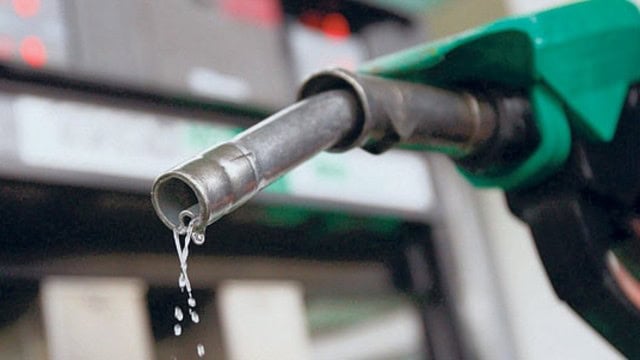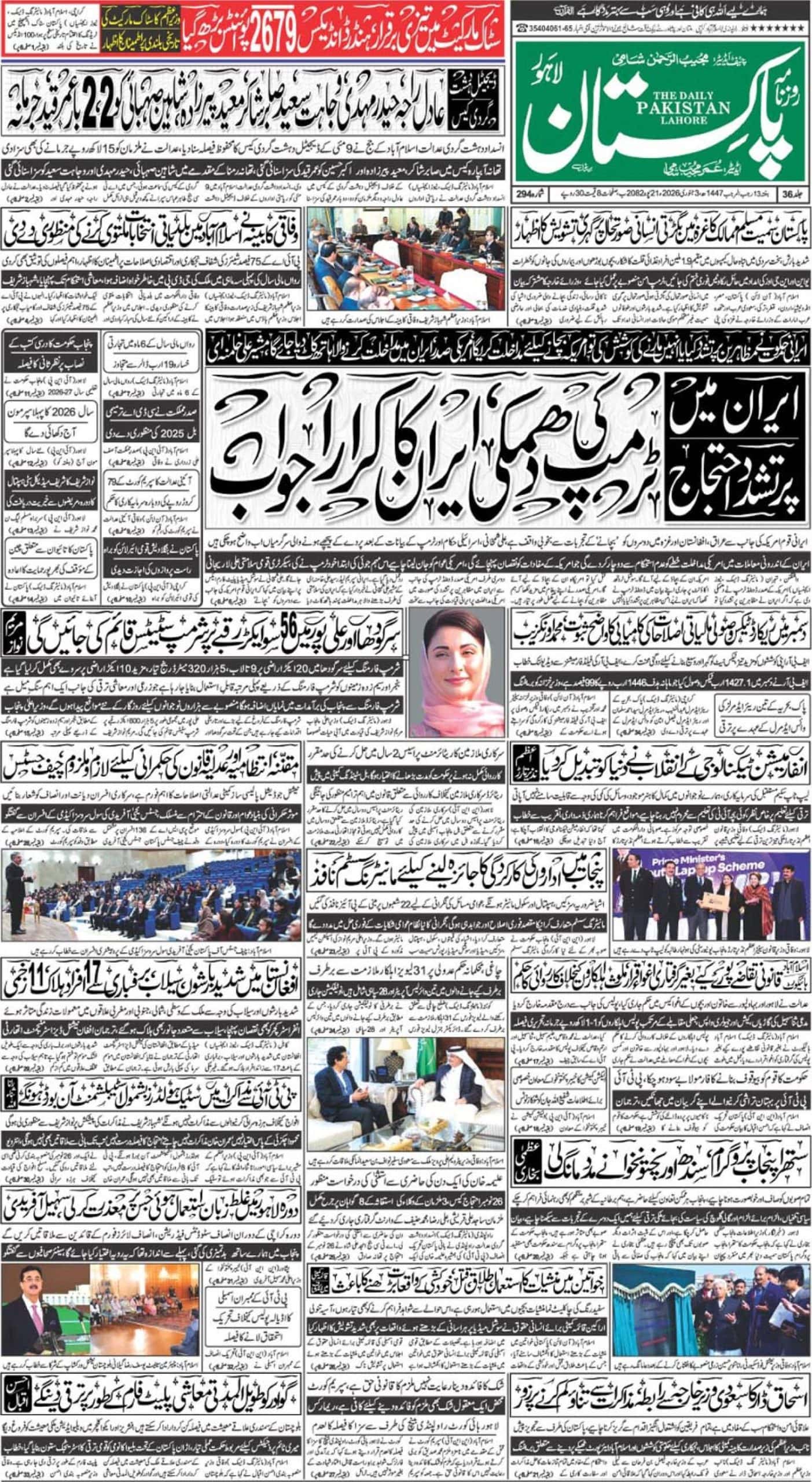At the end of September 2018, after just six weeks in office, Imran Khan and his financial wizard Asad Umar were faced with a tough choice: whether to increase the prices of petroleum products or maintain the same by risking a fall, further, in national revenues.
Prices of crude oil increased in the international market during the month, the last of the first quarter for Pakistan’s fiscal year 2018-19. This demanded accordingly adjusted prices of petroleum products at Pakistani pumps. Oil and Gas Regulatory Authority (OGRA), reportedly, had recommended an upwards revision – and a big one.
That is economics; but oil price – be it crude or refined Petroleum, Oil and Lubricants (POL) products – in Pakistan (and elsewhere too) is not all about economics. It fuels, and is fuelled by, politics of all sorts – domestic and international.
In Pakistan’s domestic setting of today, a decision in this regard is rendered tough by ground economic realities on the one hand and standards the party in power now has been setting for itself while doing ‘opposition’, on the other hand.
The mountain of fiscal deficit calls for more revenues to be generated and POL products are an avenue no single citizen can avoid passing through without paying his or her ‘share.’ Successive governments have taken full advantage of this haplessness of common Pakistanis.
Asad Umar was not wrong in lamenting the past rulers as far as the high rate of taxes on oil products are concerned. But, politically speaking, now is the time to walk the talk.
For the moment, they have chosen the popular route – not increasing the prices. PTI’s candidates contesting the by-election to be held on October 14, reportedly, had pleaded their top leadership for this popular move.
But it does not end here, unfortunately. Even when the government was able to ‘dodge’ the challenge posed by this monthly revision, it can’t perhaps go for long. Observers are of the view that crude prices are set to continue with their upward trend – over $ 80 per barrel as of now – and some are even painting a frightening picture that black gold may go up to the $ 100 a barrel mark.
Let us hope that does not happen; and this is one of the few cases where a sane mind would pray for Trump’s bullying tactics – veiled threats to OPEC members, primarily Saudi Arabia – to succeed.
And let us not lose sight of a continuously weakening rupee, that will make every barrel of crude reaching Pakistan costlier.
Any increase in the price of oil products – no matter how marginal – has impact, yes negative, as far as the life of a common man is concerned. The prices, charges, fares, fees – of all sorts – thus increased hardly see a downward revision even when the prices are lowered.
Let us not forget that less than two weeks ago, gas prices have also been increased across-the-board with upward revisions ranging between 10% to 143%. Yes, what the government claims as ‘majority’ – those consuming 50, 100 and 200 units of natural gas – are subjected to the lower slabs of increase, 10, 15 and 20% respectively.
But those slapped with 143% increase also do not use all the gas for their ‘domestic’ purpose. The will surely be passing on the burden to the ‘majority.’ The price of LNG cylinders had already gone too high in the first 4 weeks of this government and a small decrease in taxes would make only a marginal downward impact. Gas in cylinders, to say it simply, is much more costly today than it was at the start of this fiscal year.
The inevitability of the gas price hike is not questioned; what we are talking about is its adverse impact, and the government’s responsibility to take steps to mitigate that.
In another move to watch for everyone, National Electric Power Regulatory Authority (NEPRA) on September 26 also okayed Rs. 1.16 per unit increase in power tariff – on account of fuel price adjustment. Even the prices for bills paid for August will be adjusted, reportedly, in the coming months’ bills. The Economic Committee of the Cabinet (ECC) is delaying another pending hike in power tariff, again, for petty political preferences.
It goes without saying that even if moves like this increase the cost for producers and businesses only marginally, actual burden on consumers and common Pakistanis is correspondingly higher, due mainly to the ineffective price control mechanism. The direct out-of-the-pocket impact is over and above it.
It would not be wrong to say that past government was lucky that its tenure corresponded with the years of low global oil prices; hence, lower energy prices and inflation remaining in the manageable – rather comfortable – range of 3 to 4%. But economic mangers of this government are deprived of this luxury.
Asian Development Bank (ADB) in its update for Asian Development Outlook 2018 issued on September 26, 2018 has also warned (in addition to other economic challenges especially slowing GDP growth by one percentage point to less than 5 %, 4.8% to be exact) that inflation – at 4.5% at the end of fiscal year 2016-17 – may go up to 6.5% towards the end of ongoing fiscal, 2018-19 (it is already 5.8% in September, year-on-year). State Bank of Pakistan (SBP) raising its rate by a 100 basis points – to 8.5% – signals hard times to come as far as inflationary pressures in the country are concerned.
International oil and commodity prices are the culprits, visibly. But one cannot ignore another harsh reality that coming Rabi [say winter season] crops – which include all-important wheat, the staple food for majority across the country – are facing up to 43% shortage of water. This means lower production, and pressure on prices.
‘Give us due time’ mantra will work only to an extent; and very little in this case. Economic managers in Islamabad will have to find some meaningful solutions to this dimension of the economy, as it surely pinches, and stirs waves of anger among the public.














